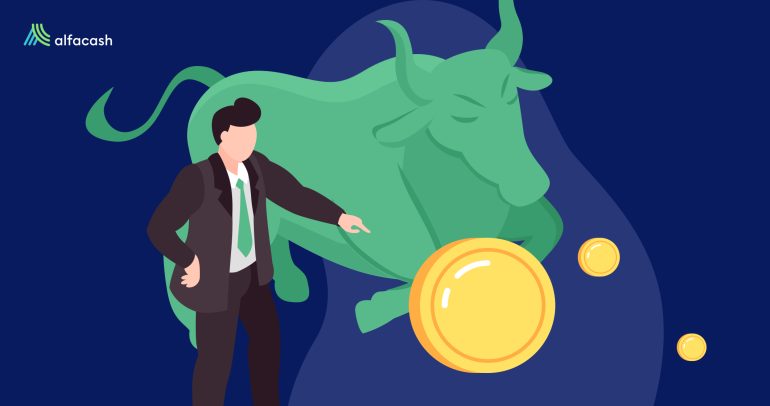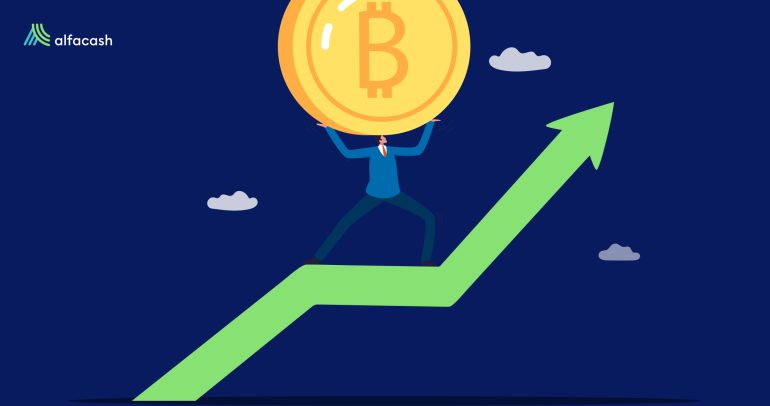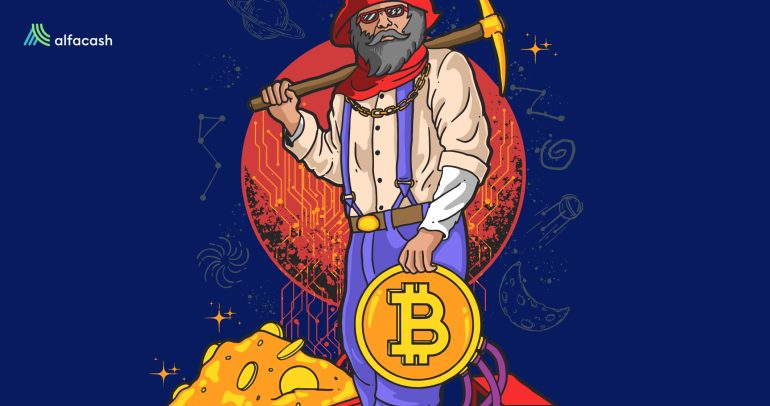The cryptocurrencyA digital currency running on a blockchain and built with cryptography. Contrary to central-bank issued currency, cryptocurrency issuance rules are... More market may be relentless and every coin in existence has ever experienced its particular blood bath. Always awkward, always annoying, but probably necessary, and, thanks to the lord, usually temporal. Of course, if the community suspects the token involved in the drop it’s just part of a scam, it may never recover. And goodbye, cruel market.
On the other hand, some others just suffer from the common market’s volatility and/or their growing pains. You know, supply, demand, bugs, scalability, partnerships… those kinds of things make the price vary every day. This last week of August hasn’t been too gentle with the cryptocurrency market in general, but there are some main victims of red numbers. Let’s check them out quickly, with data by CoinMarketCap.
Digibyte (DGB)
Released in early 2014 by Jared Tate, the main promise of this cryptocurrency is the velocity against the others: the transactions on its blockchainBlockchain is a type of database storing an immutable set of data, verifiable to anyone with access to it —through... are confirmed in about 15 seconds. Additionally, Digibyte’s chain uses five cryptographic algorithms for mining (Sha256, Scrypt, Skein, Qubit, and Odocrypt) and it’s possible to build Decentralized Apps (Dapps), smart contracts and customizable tokens inside its network.
The price per DGB started seven days ago in 0.032 USD, and thorough the week has been declining to 0.028 USD. This represents a drop of 12.5%, but their community stays strong and bullish on social media. According to their observations, the price may be finding its “feet” to jump high after a massive sell-off and some scammy giveaways on Twitter.
After all, the month for Digibyte started at 0.023 USD, which implies a 21.7% increase by now.
IOTA (MIOTA)
The history of this one started five years ago, when David Sønstebø, Dominik Schiener, Sergey Ivancheglo, and Serguei Popov wanted to put in the market a token optimized for applications in the Internet of Things (IoT). Another particular thing in this network is the fact that it doesn’t work exactly with a blockchain, but with a directed acyclic graph, a system potentially more scalable, but very risky in terms of security.
This was proven last February when the IOTA walletA crypto wallet is a user-friendly software or hardware used to manage private keys. There are software wallets for desktop... More Trinity was hacked and their users lost 300.000 MIOTAs, or about 1.2 million dollars. The founders took care of it, but the network was offline a whole month by then. More recently, on August 19, the mainnet was on maintenance again.
Meanwhile, the MIOTA token started the week at 0.037 USD and it’s at 0.035 USD to date. With just 5,4% lost and an increase of 34,6% in August, there’s still some hope.
Tezos (XTZ)
Like on Ethereum, you can build Dapps and smart contracts on the Tezos blockchain. This was created in 2014 by Arthur and Kathleen Breitman, and its main characteristic is its self-correcting protocol and on-chain governance, which means Tezos is capable to modify its own rules according to the circumstances with minimal disruption to the network.
Curiously, this month has been good for the XTZ token. The Tezos Foundation joined the OpenVASP Asociation to promote compliance with the FATF’s travel rule for virtual assets and a new self-sustaining price oracle was introduced as well.
So, last week was probably just a bump. XTZ started at 3.5 USD and ended at 3.3 USD, which it’s -5.71%. And yet, the coin has increased by 17.8% this month.
Basic Attention Token (BAT)
Maybe you already know Brave: it’s a new free and open-source browser that blocks ads and website trackers. Besides, offer its own token for the users who want to send a contribution (tip) to their favorite sites and content creators. This token is the BAT, and it was launched by Brendan Eich and Brian Bondy in May 2015.
The last week for BAT has been interesting, to say the least. It started at 0.34 USD and ended at… the same, but in the middle reached 0.43 USD. This implies a sad decrease of 20.9%. However, considering the month started at 0.24 USD, the token has earned 41.6% so far.
The Brave team has been updating and decentralizing, even more, the browser. Therefore, it’s not a big surprise the increase in BAT.
BitcoinBitcoin is the first decentralized digital currency. It was created in 2009, by an anonymous founder or group of founders... More SV (BSV)
The Bitcoin Satoshi’s Vision is an initiative by Craig Wright and Calvin Ayre, who fought in 2018 to maintain in the same way the code of Bitcoin Cash (BCH), and strongly disagreed when they lost that battle. Bitcoin SV (another very similar fork of Bitcoin with larger blocks) born amidst controversy.
Since then, we can say at least 50% of their supply is mined by unknown miners (maybe by Ayre’s Coingeek) and it’s prone to 51% attacks. Thereby, this week a BSV started at 205 USD and ended in 189 USD, with -7.8%. And the month hasn’t been kind either for it: since a maximum point at 252 USD, it’s a decrease of 25%. That’s a nice… and rough patch.
Wait! Before you leave and buy or sell: this isn’t trading advice, ok? We’re just informing you. Happy dip!
Wanna trade BTCAn abbreviation for Bitcoin., ETH, and other tokens? You can do it safely on Alfacash! And don’t forget we’re talking about this and a lot of other things on our social media.
Twitter * Telegram * Instagram * Youtube *Facebook * Vkontakte





